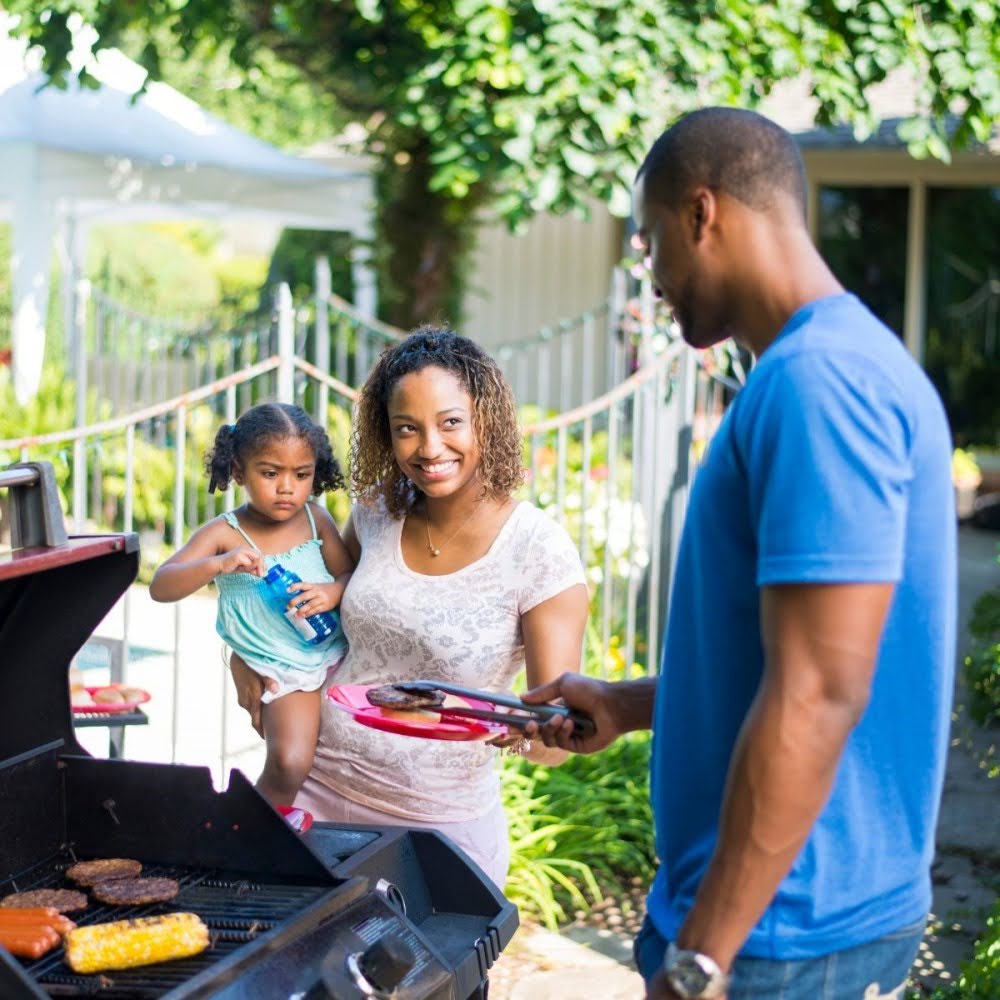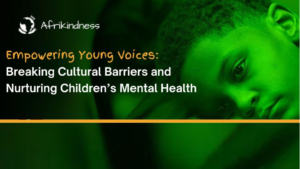
Introduction
There’s nothing like a great British summer. The smell of BBQ, cooling off by the pool, the ice cream van, and the sounds of children playing in the garden make some of the best summer memories.
As the summer season arrives, children eagerly embrace the opportunities for outdoor adventures, family summer holidays, and swimming at the beach. However, it’s crucial to be mindful of potential risks associated with rising temperatures, water activities, and play structures. While summer fun is exciting, it’s important to take precautions to prevent illness or injury that may arise from these activities.
So, with that in mind, here are 11 essential tips to ensure your kids stay safe and healthy this summer:
1. Swim Safely: Make Sure There Is a Lifeguard When You Go Swimming
As summer approaches and temperatures rise, many of us will seek relief from the heat by heading to pools and beaches. However, it’s crucial to be aware of the potential risks associated with water activities, particularly for children.
According to the Royal Life-Saving Society, a significant number of drownings occur between May and August, accounting for nearly half of all drowning incidents throughout the year. Shockingly, 73% of the drownings in 2022 happened in the absence of professional lifeguards or adequate supervision. To ensure the safety of children in and around the water, it is imperative to have a lifeguard present. Lifeguards are trained professionals who can respond quickly to emergencies and prevent accidents from escalating. Their presence provides an additional layer of protection and peace of mind. It is also recommended that children under 5 must have a guardian with them in the water and that they remain within arm’s reach of their guardians at all times.
Always supervise your kids when they’re swimming or playing in the water. Ensure they are equipped with proper flotation devices and teach them basic water safety rules. Read CAPT’s drowning prevention advice.
2. Keep Children Away From Barbeques

Summer brings the delightful aroma of barbecues, but child safety should be a top priority during outdoor grilling. Barbecue areas pose various risks like hot surfaces, sharp utensils, and open flames. To keep children safe, set clear boundaries and rules.
Keep young kids away from the grill and designate a safe play area. Ensure hot grills are positioned away from play areas and always supervise children closely. Teach them about grill dangers and the importance of staying a safe distance away. Remember, BBQs produce carbon monoxide, so never bring a lit or smouldering barbecue into enclosed spaces like homes, tents, caravans, or boats.
3. Follow the Four Sun Safety Rules: Sunscreen, Sunhat, Shade, and Shoulders

- Sunscreen – Apply sunscreen generously and regularly. Choose a brand that protects against UV rays with a high SPF specifically designed for children and apply it to all exposed areas of their skin. Make sure to reapply every two hours or after swimming or sweating.
- Sunhat – Secondly, make sure your child wears a sunhat to protect their delicate face, neck, and ears. Opt for a wide-brimmed hat that provides ample shade.
- Shade – Thirdly, seek shade whenever possible, especially during the peak hours of intense sunlight. Encourage your child to play under a tree, umbrella, or canopy to minimize direct exposure to harmful UV rays.
- Shoulders – Fourthly, dress your child in lightweight, loose-fitting clothing that covers their shoulders. This provides an extra layer of protection from the sun’s rays.
4. Ensure They Know How to Cross the Road Safely

During summer, children often ride their bikes on the streets, making road safety a top priority.
According to The Royal Society for the Prevention of Accidents, the majority of cyclist casualties are adults, with approximately 10% being children. Teaching them how to cross streets safely is crucial. Emphasize the importance of stopping, looking both ways and listening for approaching vehicles before crossing. Teach them to use designated pedestrian crossings and wait for clear signals from traffic lights. Encourage making eye contact with drivers to ensure they are seen before crossing. By equipping children with these road safety skills, they can confidently navigate the streets and enjoy biking responsibly.
5. Bouncy Castle Etiquette

Bouncy castles are a popular summertime activity for children, offering hours of fun and a chance to expend energy. However, safety precautions are essential to ensure a safe and enjoyable experience. Here are some key points to remember:
- Remove Shoes and Sharp Objects: Children should always remove their shoes before entering the bouncy castle to prevent punctures or injuries. It’s also important to remove sharp objects and jewellery.
- Watch for Overcrowding: Bouncy castles can get crowded, so it’s crucial to teach children when to engage and when to wait their turn. This helps avoid collisions and accidents.
6. Stay Hydrated and Eat Healthily
As the summer heat intensifies, it’s crucial to prioritize children’s hydration and healthy eating for their overall well-being and safety. Encourage children to drink plenty of water throughout the day to stay hydrated, especially when engaging in outdoor activities. Remind them to take regular water breaks, even if they don’t feel thirsty. Also, promote healthy eating habits by providing nutritious snacks and meals. Encourage them to eat fresh fruits, vegetables, and whole grains, while minimizing sugary and processed foods.
7. Beware of Hot Cars
In 2022, there were over 30 child fatalities due to hot cars in the U.S. Child Safety is of utmost importance, particularly during the hot summer months when the risk of heat-related emergencies increases. It is vital to be aware of the possible devastating consequences of leaving children in hot cars and the potential hazards, particularly with smaller children. Their body temperature can rise to three to five times faster than an adult’s. This means they are less able to cope in hot conditions and some conditions, hyperthermia can occur in as little as two minutes and cause fatality within two hours. Parents and caregivers should be aware of the risks associated with leaving children alone in vehicles, even for a short period. The Royal Society for the Prevention of Accidents could recall no cases in the UK but these warnings are for parents to prevent unavoidable fatalities. (BBC article)
8. Playground Safety

Playgrounds provide children with opportunities for fun and physical activity during the summer months. However, it is crucial to prioritize playground safety to prevent accidents and injuries. When taking children to the playground it’s a good idea to check the playground equipment to ensure it is in good condition, with no loose or broken parts.
Teach children about the importance of following playground rules, such as waiting their turn, using equipment properly, and avoiding rough play. Encourage them to be mindful of their surroundings and to watch out for other children.
9. Bee Stings and Insects
During the hot summer months, encounters with bees and the risk of bee stings become more prevalent. If kids happen to be near bees they need to remain calm and avoid swatting or running when a bee is nearby, instead, the child should slowly and gently move away.
If a child is stung, promptly remove the stinger by scraping it off with a flat object. Apply a cold compress to reduce swelling and provide pain relief. If an allergic reaction occurs or the child experiences multiple stings, seek medical attention immediately. Use child-safe insect repellents to protect your kids from mosquito bites and other insect-related concerns when spending time outdoors. Check for any allergies or sensitivities before applying.
10. Supervise Screens

During summer break, many parents and guardians are working, leaving children with extended screen time. This increased exposure to screens can make them more vulnerable to harmful content.
Balancing screen time for children during the summer months is crucial to promote their well-being and ensure they have a well-rounded experience. While some screen time can be beneficial, it’s essential to set limits and provide supervised usage. Encourage children to engage in outdoor activities that allow them to explore, play, and connect with nature.
11. Stay Safe This Summer

Prioritizing Child Safety during the summer months is essential to ensure a memorable and enjoyable summer half-term. By being aware of potential risks and implementing preventive measures, we can create a safe environment for children to thrive. From water safety to sun protection, playground precautions to bike safety, it’s important to educate ourselves and our children about the potential dangers and how to mitigate them.
Children’s accident prevention trust (CAPT) offers simple changes that can fit into parents’ busy routines.
Our Call to Action
What other safety tips do you know that will benefit parents and carers?










